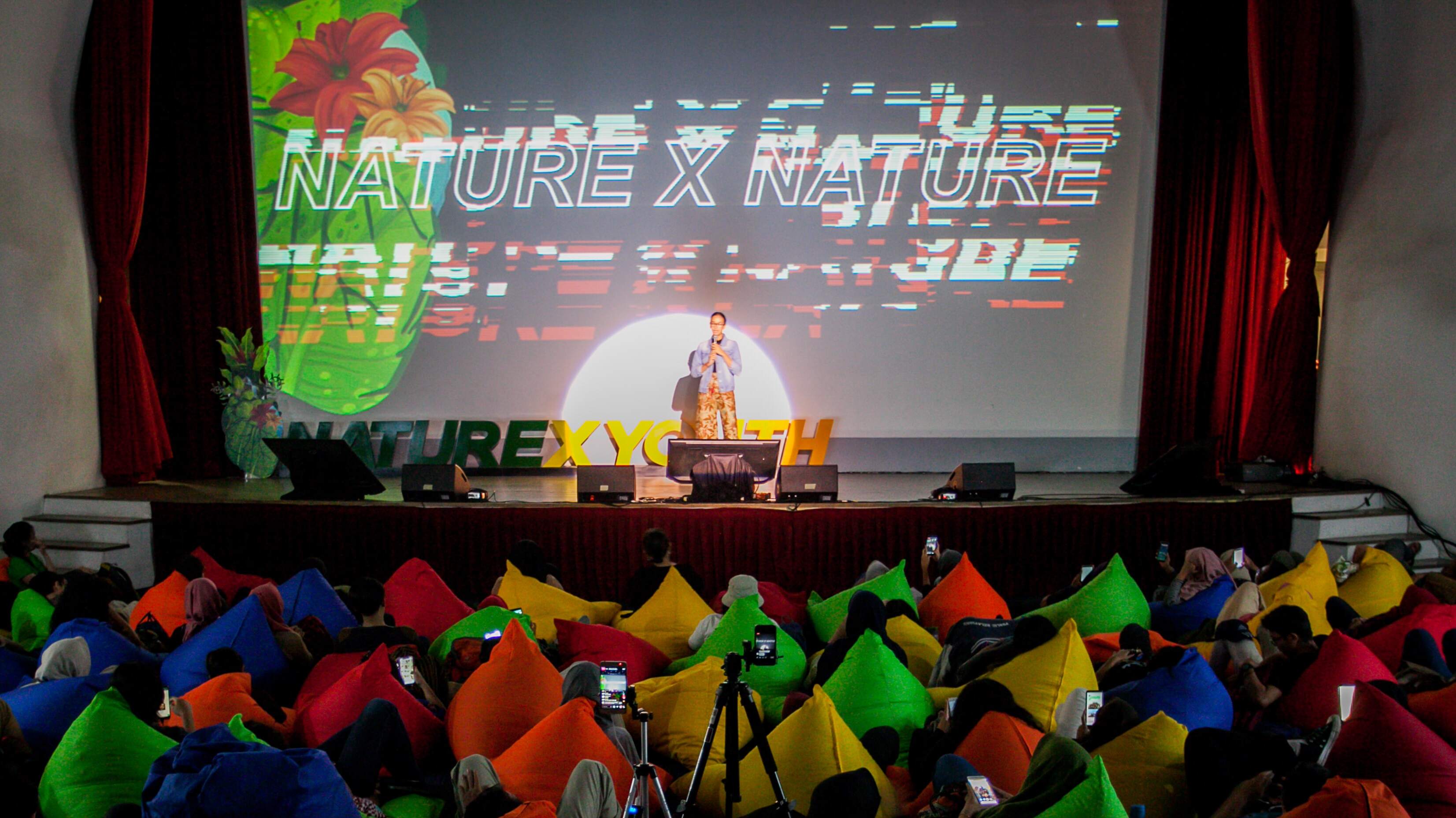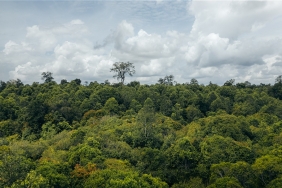BUILDING CIVILIZATION THROUGH EDUCATION
Education is one of the basic components or focuses of the 2030 Sustainable Development Goals (SDGs), which were endorsed on September 25, 2015 by the United Nations General Assembly. This shows that important aspects can be achieved through education. In the history of world civilization, the development of life can run rapidly after science develops. In Indonesia, for example, since the application of elite politics/politics of reciprocity by the Dutch to develop education in Indonesia, educated people were born and developed.
Thinking flourished, giving birth to nation-building figures such as Ki Hajar Dewantara, who was also educated at a Dutch school. Amazingly, Raden Mas Soewardi Soerjaningrat or better known as Ki Hajar Dewantara, was able to break the colonial education system which was only limited to the elite. Through the establishment of Taman Siswa, he was able to develop education in the country so that it was able to produce educated generations who succeeded in seizing Indonesian independence. Ki Hajar Dewantara's movement as an education activist is certainly not easy, various obstacles and challenges continue to be faced but his fighting spirit continues. His struggle is timeless. Through education, science and civilization can develop rapidly. Ki Hajar Dewantara as the Father of Indonesian Education said:
"In his life, children are three places of association which are very important educational centers for him, namely the family realm, the college realm, and the youth movement realm."
Ki Hajar Dewantara said that the nature of the youth movement is also one of the centers of education. Likewise, his dedication in fighting for education and independence is a mirror of how the realm of the youth movement is carried out. Through education, we can also improve a more cultured human being. Cultured in society and cultured in life. Protect all aspects including the earth with all its livelihoods. Damage to the social order and destruction of nature is a shared responsibility. This problem can be overcome by raising the awareness of each individual through education for sustainable development. The driver of education can be done by anyone. Especially youth as agents of change. It has been proven in history that youth movements can form a fundamental force for change. Mass organizations such as Budi Utomo, for example, or regional youth associations, or even the younger generation in fighting for the nation's independence. Although not all of them are effective, these organizations can increase the escalation of the nation's movement in one goal, towards an independent Indonesia. Likewise today, after the occurrence of various damages including natural threats such as disasters and climate change, due to human activities, it certainly greatly affects our lives. Freedom from the damage that occurs can be achieved through awareness in each individual. The role of youth is needed in movement and organization. Being active in youth activities, whether simply providing aspirations, or real action in the field, is something that can be pursued for a change.
The involvement of youth in community awareness is reflected in the activities organized by WWF-Indonesia through Education for Sustainable Development (ESD). In this activity, young people who are representatives of each region are given exposure to material about nature conservation through education. The target is that the youth can provide education about nature conservation to school children at elementary and junior high school age. The movement is reflected through efforts to introduce the environment and foster a sense of ownership of the environment to students. This sense of ownership can lead to a desire to protect what is already owned, including protecting nature. Basic knowledge about nature and all life around can increase children's awareness as well as efforts to form cultural patterns in environmental conservation. In providing environmental education, participants are challenged to use interesting methods that give students the right to learn independently according to the teaching that has been given before. This activity proved to be able to increase students' enthusiasm in learning and getting to know their environment. ESD is just one example of the many movements that youth can undertake to provide social intelligence. Through the right approach, educating the community can have a significant impact on improving the quality of life. Including in caring for the civilization of the earth with all its livelihoods.





